Feathers are the defining feature of birds. So yes, penguins most undeniably have feathers.
Penguins lead a very different lifestyle compared to many other birds, and their feathers clearly show this.
The majority of Sphenisciformes (the phylogenetic order of penguins) live in Antarctica and surrounding areas near the South Sea. This region of the world is frigid and hostile, and very few animals can survive here.
These birds have undergone innumerable adaptations through the extreme selective pressures of their environment. One of the most important is their feathers.
Because their evolutionary pathway led penguins to be aquatic hunters, they needed to be more streamlined and maneuverable underwater. Random mutations within populations of these birds created these precise, feathery torpedos.
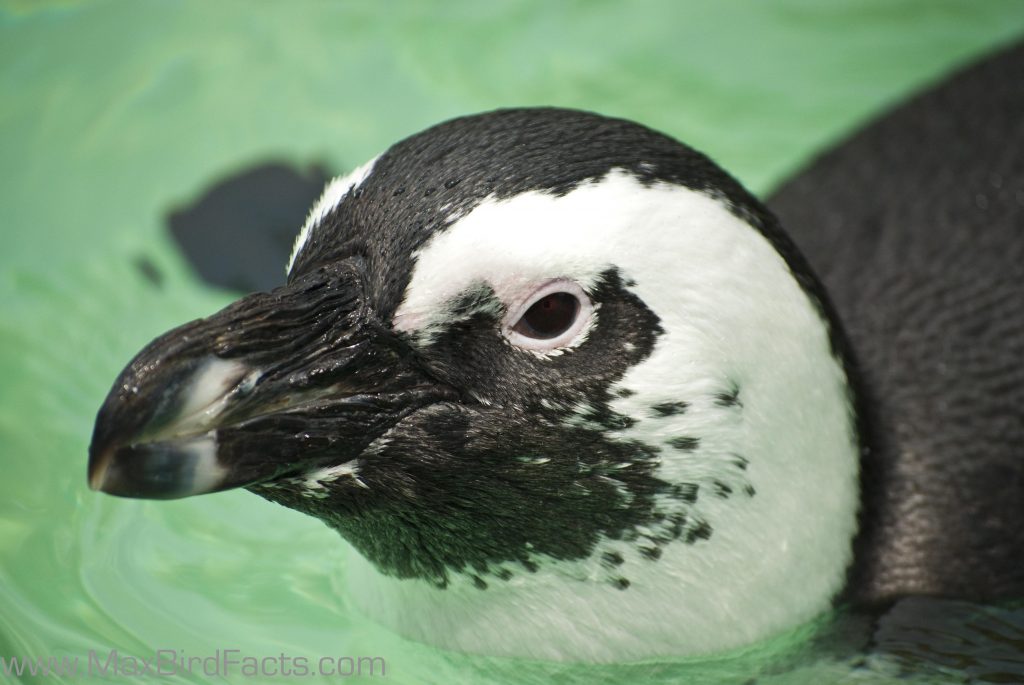
A dense layer of oily, stiff feathers covers a thick layer of downy insulation. The outer, protective feathers and the inner layer of down are the keys to these birds’ success.
Before we dive into these feathers, I want to preface this by saying there are many versions of penguin feathers. This article serves as an overview of these feathers’ comprehensive function and a comparison to a typical bird’s feathers.
Overall, a penguin has roughly twenty different forms of feathers. To cover all of these, I could comfortably write a ten-thousand-word paper. The overall purpose of all these feathers fits into two categories, waterproofing and insulation.
Now with that disclaimer, let’s talk about what makes these feathers so impressive.
Modifications to the Feather
So what makes these feathers so different than, say, a heron?
There are seven recognized feather types: flight, contour, tail, down, semiplume, filoplume, and bristle. However, penguins seem to have thrown all that away for a more unified style.
A penguin’s feather needs to act as a dry suit to stop the bird from freezing in the Antarctic waters. To do this, the most distal (exterior portion) of the feathers is tightly packed.
The feathers’ edges overlap, like roof shingles, shedding water away and keeping the bird dry. This area of the feather is also heavily coated in oil.
We all know oil and water don’t mix, and so do birds. They manage their feathers slick and oily to force the water to bead off, adding another layer of protection.
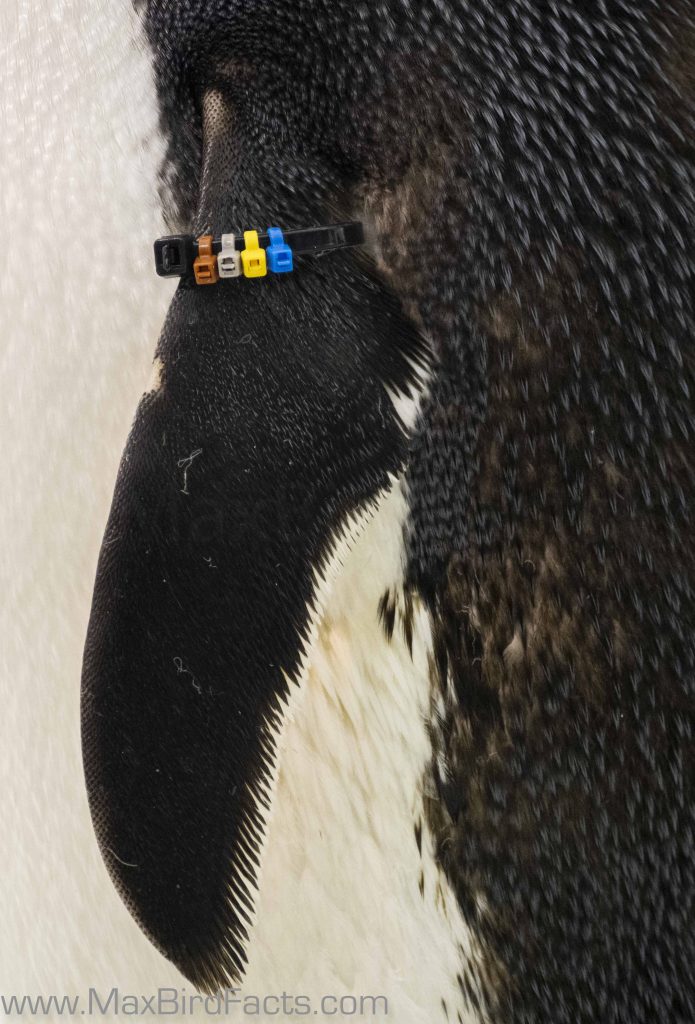
Keeping the formation of feathers densely packed also prevents water from seeping in. When looking at any animal that lives in frigid waters, its insulative integument is always more densely packed when compared to relatives living in more temperate environments.
All this structure is needed because right under this is the feather’s down. Now, it’s crucial to keep in mind that some of this down is attached to the rachis of the same feathers that are waterproofing.
This is similar to mammals, which have an undercoat of thicker fur for insulation and an overcoat of protective, looser fur. The difference between birds and mammals is that overcoat and undercoat are all combined within each feather.
Penguins use this arrangement very effectively. Giving them minimal drag in the water while hunting but still having excellent protection and warmth.
I think to understand this better, we need to cover some of the basics of feather anatomy.
Feather Anatomy Basics
A feather is made up of a few components. The feather’s main shaft is called the rachis, and the sections branching off it are the veins. The rachis provides support for the veins, while the veins determine the function.
With flight feathers, the rachis is exceptionally strong, and the veins extend far away from it. Each vein interlocks with its neighbor, allowing the bird to create lift and thus fly.
The vein can be further deconstructed. Depending on the use of the feather, a vein can be pennaceous or plumulaceous.
Pennaceous vein formation allows the feather to be stiff and rigid. These are flight and contour feathers, giving support to the bird’s figure and wings.
The barbs (the branches of the main shaft of the feather) link to their neighbors using velcro-like structures called barbules and hooklets.
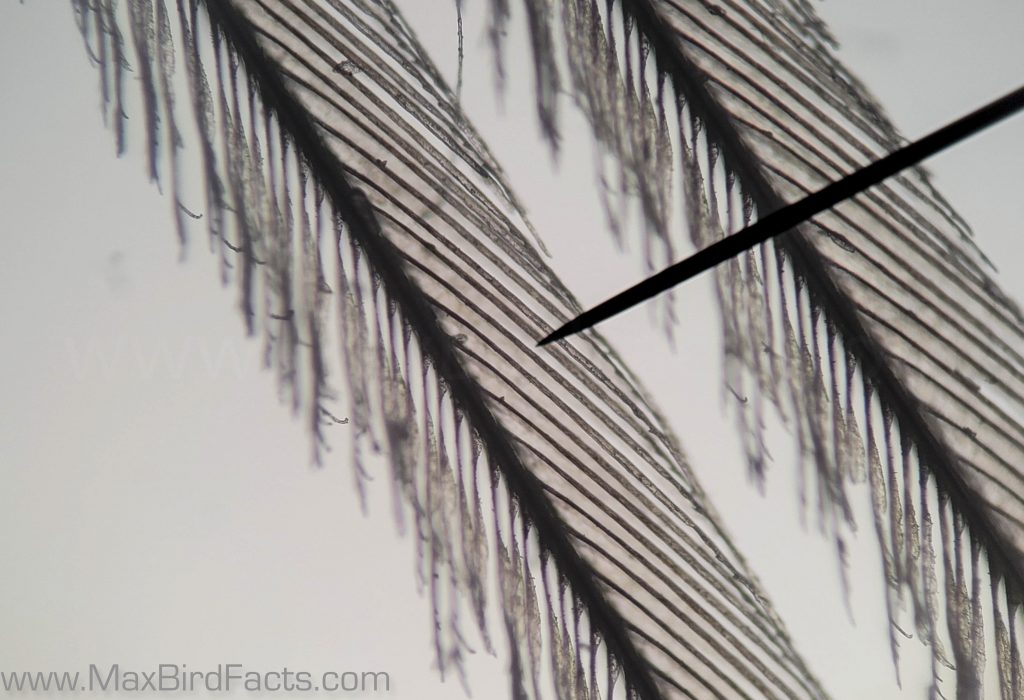
Plumulaceous veins allow the feather to be much looser in formation. These feathers are downy, providing insulation to the bird.
Lacking the barbules and hooklets, the branches of plumulaceous feathers do not unite. This loose structure allows air to get trapped in the open spaces between barbs, keeping the bird warm.
Think of how effective a down blanket or jacket is at keeping you warm and while staying thin and lightweight. This is all caused by the feather’s effectiveness at trapping warmth in pockets of air formed by the feather.
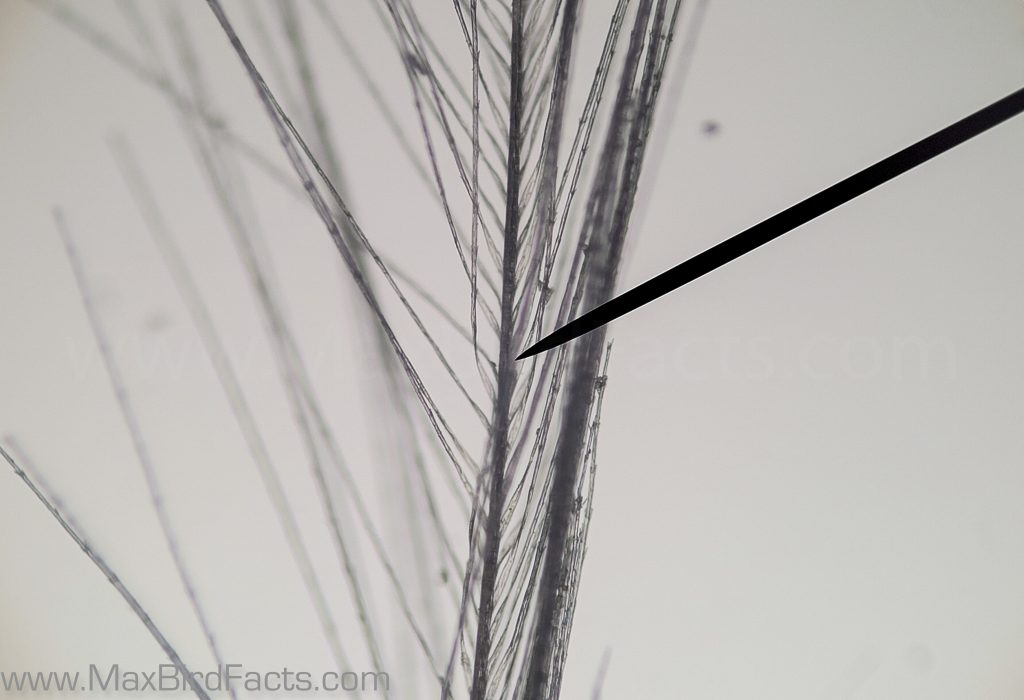
The feathers are anchored into muscles under the skin. The bird can flex these muscles to adjust its feathers to retain or release heat, change its appearance for threats or sexual displays, and many other purposes.
When these muscles relax, it allows the feathery covering to open, giving the bird the ability to preen down and release some heat.
If the penguin contracts these muscles, the protective feathers will lay flat, creating a water-tight shell around its insulative down.
The feather’s whole structure is very complex, and I will be writing an entire article dedicated to this soon.
Back to the Birds
Now that we know what pennaceous and plumulaceous mean, we can understand how the penguin’s feathers work.
The upper portion of the penguin’s feather is pennaceous, while the lower is plumulaceous. Meaning the distal (top) part of the feather is interlocking and acts as a shield, while the proximal (bottom) part of the feather is loose and designed to trap air.
The closest thing to penguin feathers in other birds would be a contour feather. These do the majority of body coverage on a bird, supplying structure and warmth.
I wouldn’t be shocked if it turned out penguin feathers are just heavily modified contour feathers. They share all the same characteristics and the same overall use, but with alterations to help these birds survive in the biting Southern Ocean.
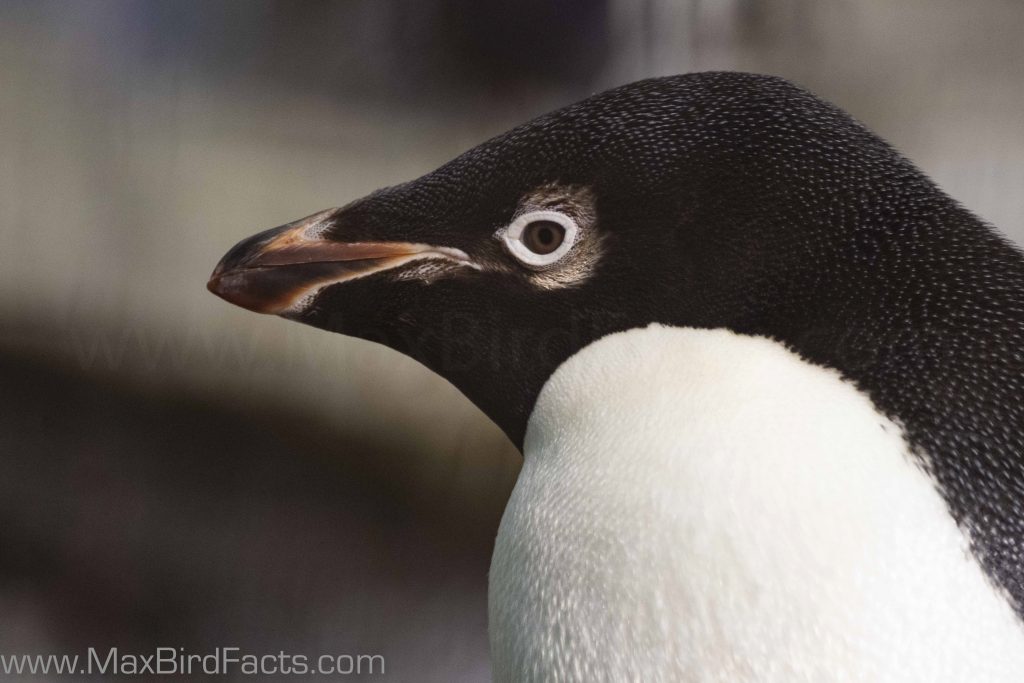
I found a few papers and articles referencing fossil penguins and their feather development but nothing specifically about the direct link between modern penguins’ feathers and contour feathers. It isn’t uncommon for feathers to be heavily adjusted to fit a niche or requirement the bird needs.
Again, I wouldn’t be surprised if it comes out to be the case that penguin feathers are no more than extraordinarily oily, densely packed contour feathers. When comparing the penguin feathers to the other types listed earlier, there is no other type that more closely resembles them.
Flight and tail feathers are far too long and rigid, downy and semiplume feathers would absorb water instantly on their own, and the other varieties mostly serve as accessory sensory organs.
So if it is such a hard life swimming in these near-freezing waters, why do it? The simple answer I can think of would be the lack of direct competition for food.
Creating a Niche
If you go to a grocery store with the parking lot full and all the checkout lines crowded, it will take you a lot longer to get your groceries than if you go to a nearly empty store. I believe this is the same reason the penguins became aquatic hunters.
Around this region, many seabird species take advantage of the algal blooms in the summer. These blooms draw in smaller fish, which in turn draw in their predators, and so on.
Most of these birds will fly above the water, spot their prey, and plunge themselves into the sea, hoping to catch a fish. The problem with this is calculating the distorted image created by the water and the depth the fish are swimming.
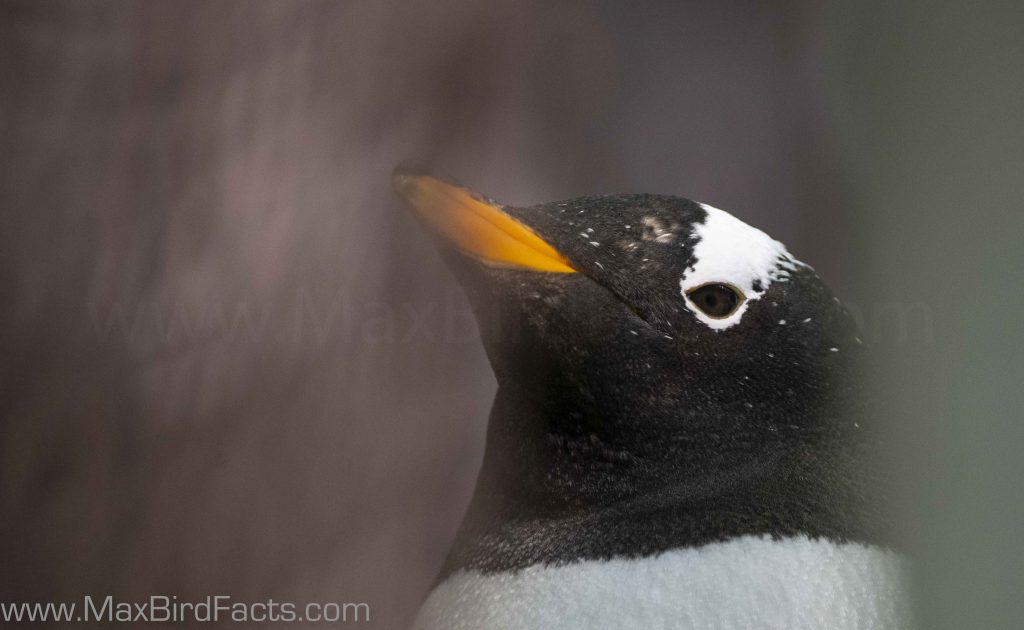
Many of these birds have adaptations to help with this, but this is solved by hunting the fish on their own turf. Cutting through the water with paddle-shaped wings while staying dry and warm with oily feathers is a vital modification.
Since the only competition penguins would have are diving birds and marine mammals, they can fill a niche that has never been taken.
Fish can understand that if they are too close to the water’s surface, they will be bombarded by birds and eaten. So, they will swim deeper and avoid this dilemma.
This presents a problem for diving birds. Now they need to take the impact of the dive and then swim deeper to catch a fish.
The penguin’s solution to this is by adapting strictly to swimming and removing their ability to fly. I will make an article about the adaptations penguins have made to their wings and why they have lost the ability to fly. But here is a quick summary of my thoughts.
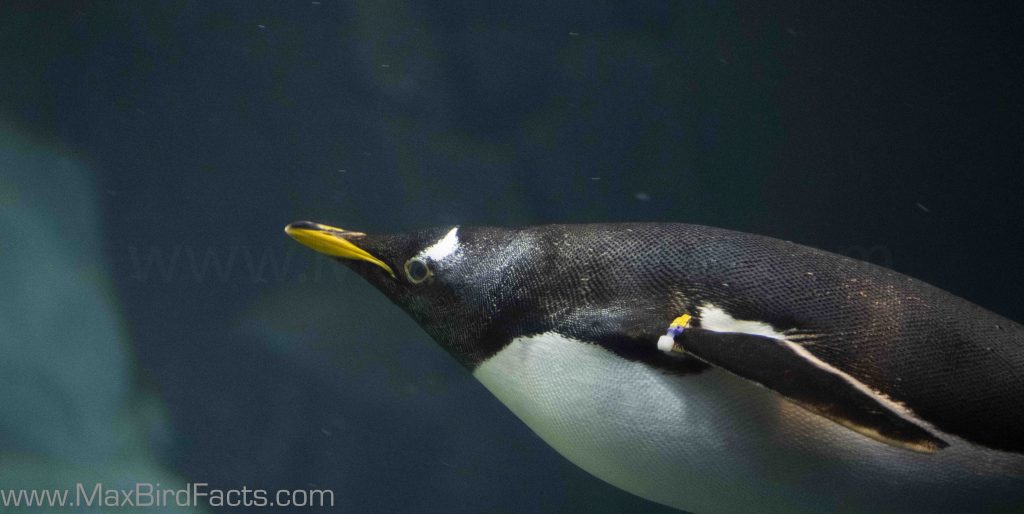
Most flightless birds we find are island residents with little to no terrestrial predators. This is also the case for penguins.
Now, I haven’t done any research on this specifically, and when I write my article on their wings, this whole section might be revised.
I think that because the only threat to penguins came from the sea, in the way of orcas and seals, they needed to become faster swimmers. This pressure from predators and the unexploited resource of deeper swimming fish and krill pushed penguins to give up flight finally.
Every aspect of a penguin has been fine-tuned by evolution over millions of years. Each of these has been found through trial and error by random mutations. Eventually leading to what we know as a penguin today.
What We’ve Learned
In my opinion, the most vital mutation penguins underwent was the modification of their feathers. Having a water-tight exterior caused by interlocking pennaceous feathers keeps the bird dry and hydrodynamic. At the same time, they preserve the extremely efficient downy, plumulaceous portion of the feather to keep them warm and toasty.
These feathers are the epitome of waterproofing and insulation in avians. Through tens of millions of years of natural selection, penguins have created a virtually perfect body shape and set of modifications for a niche they created.
And, again, YES, PENGUINS HAVE FEATHERS!!!
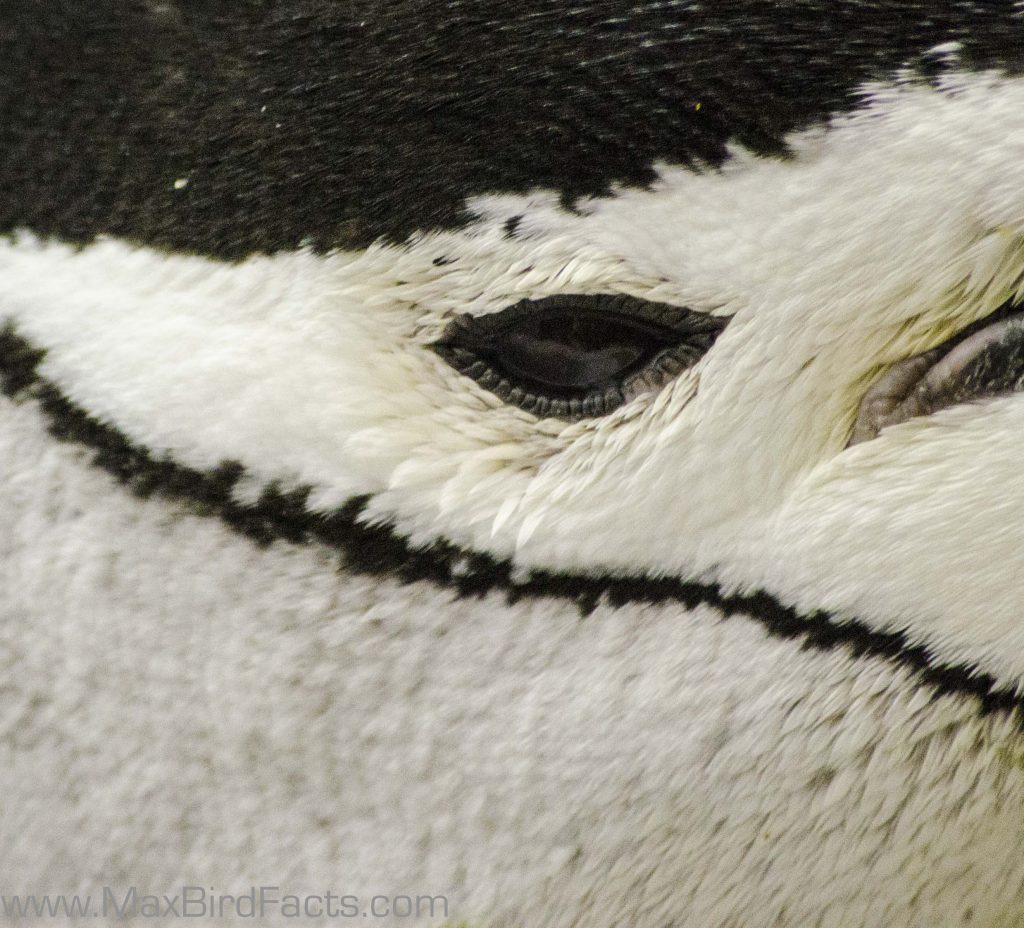
Thank you so much for reading through this long article about such a small detail. I hope you learned something new about these astounding birds through this, and you look closer for the little details!
Make today great!
Max
Resources
“Feathers Trap Air to Provide Warmth: Emperor Penguin.” AskNature, 7 Oct. 2016, asknature.org/strategy/feathers-trap-air-to-provide-warmth/.
Williams, Cassondra L., et al. “Hidden Keys to Survival: the Type, Density, Pattern and Functional Role of Emperor Penguin Body Feathers.” Proceedings of the Royal Society B: Biological Sciences, The Royal Society Publishing, 22 Oct. 2015, royalsocietypublishing.org/doi/10.1098/rspb.2015.2033.
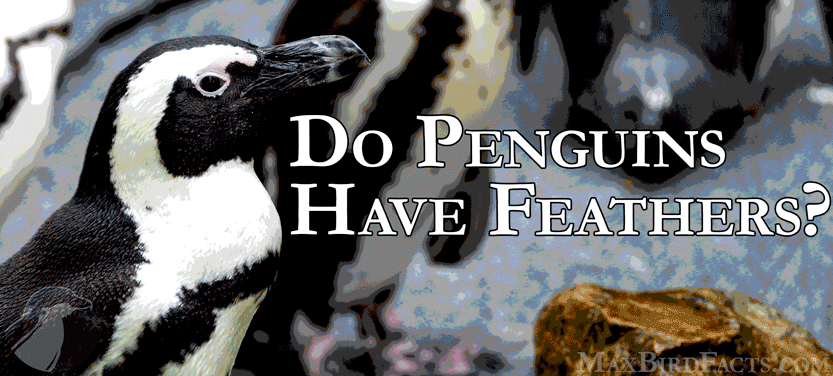
Pingback: Are Penguins Mammals – Of Course NOT, Penguins Are Birds! – Welcome to MaxBirdFacts.com!!!
Pingback: 5 Birds That Swim Underwater – Soaring Under The Waves – Welcome to MaxBirdFacts.com!!!
Pingback: How Does an Anhinga Thermoregulate – Warming Up After Swimming – Welcome to MaxBirdFacts.com!!!
Hey Max,
Very interesting article about Penguins, my wife and I were at SeaWorld last weekend and always enjoy the penguin exhibit.
Keep up the great work !!!
Best Regards,
Dan
Hey Dan,
Thank you for the support and your kind words! I really appreciate you checking out my article!!
Thank you again,
Max